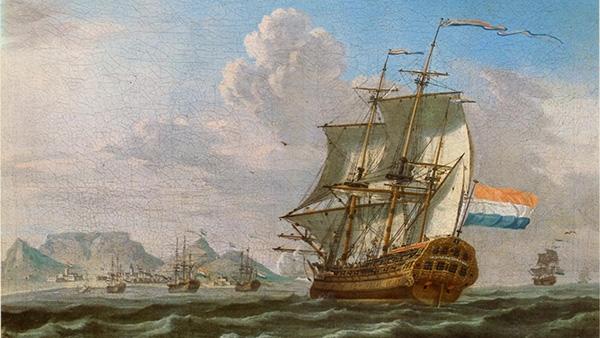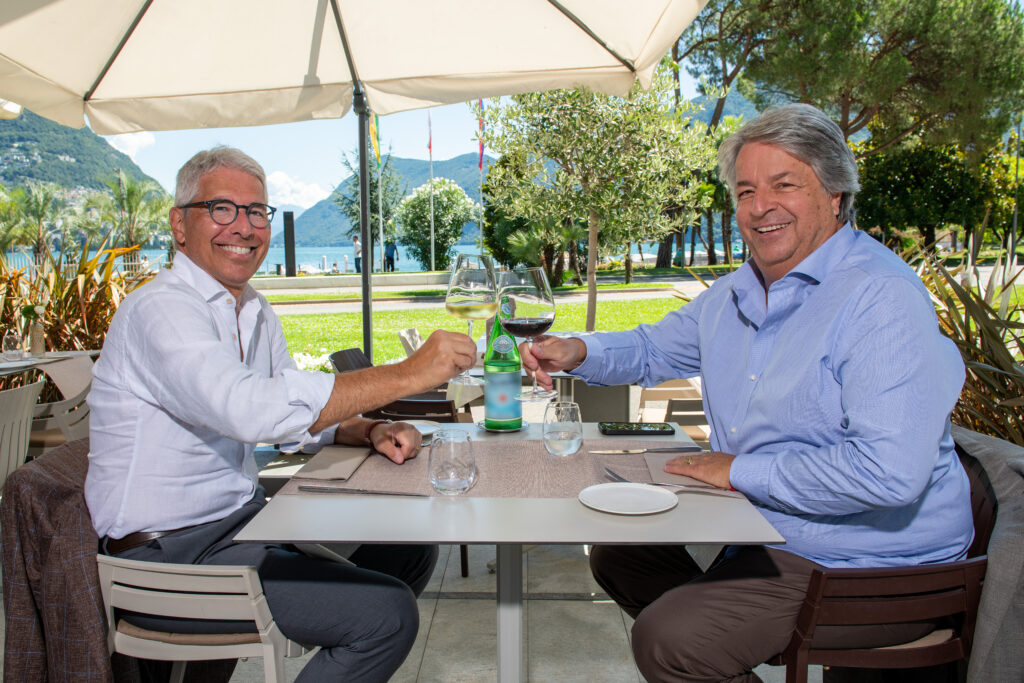Professor Wezel, how did you come about the idea of studying the case of the Dutch East India Company? How is it relevant in today’s context?
«The case of the Vereenigde Oostindische Compagnie (VOC, the Dutch trading company that dominated the trade of spices and other goods in the 17th and 18th centuries) attracted my attention for a number of reasons, ranging from intellectual to personal. Historically, the period in which the VOC operated represents one of the fundamental eras of economic development worldwide, the dawn of capitalism, marked– among other things – by the creation of the first stock exchange and by the emergence of global trading. Incidentally, it has been calculated that at the height of the Tulip mania in 1637, the VOC was worth $7.9 trillion, more than the combined value of 20 of the world’s most important companies today. I saw the opportunity of studying issues of retention and growth of human capital in a context that was rather unique. The VOC represents one of the most successful transnational organisations that, back then, faced a challenge that is common among current-day global organisations: the management of a nationally diverse and physically remote workforce. This opened up a series of managerial and agency problems. Managing a nationally diverse team is not easy, because different values and languages contribute to hinder the efficient functioning of groups and task-related performance. Thus, the VOC case is very telling about the dynamics that many modern organisations currently experience. A sea vessel is also hierarchically organized and also a sort of “laboratory” because its workforce is physically confined. At the same time, a vessel was exposed to the uncertainty of an entrepreneurial journey and to various unpredictable threats. The encountering with the VOC data happened during my previous faculty role at Tilburg University in The Netherlands. When I visited the National Archives in The Hague, I immediately realised the rich historical materials available about the VOC. That was indeed what triggered my attention and my curiosity, together with my yearning for novelty, eventually leading me to discover and use the data set on which my research is based».
What are the main learnings from the VOC case and their relevance in today’s context?
«My work underlines three eras of the VOC in terms of managing employees. The first one is marked by coercion and perhaps the least relevant for organisations nowadays, especially when you consider that coercion was synonymous of physical violence, leading seafarers to desert out of desperation. In the second period, the VOC was characterised by professionalism (some sort of “intrapreneurship” was sustained and the trading for one’s own account under the umbrella of the VOC was legitimized) albeit in a system that remained hierarchical, nevertheless. Professionalism of the crew was boosted via the opening of schools for training officers and the change in job titles to reflect a closer relationship to the navy from where they hoped to attract reliable captains. The last period of the VOC was the one in which hierarchical control was toned down and autonomy via private trading further endorsed. The analysis of these mechanisms of management of the employees provides a number of useful insights for modern-day organisations. The second period, for instance, employee retention rates was improved via means of hierarchical control as employees were more likely to stay ‘put’ in their jobs because they saw the opportunity to grow professionally and also extend their professional development to different domains (in this case private trading). This sounds like good news for today’s firms, because it says that hierarchy and professionalism when combined to autonomy contribute to increase the loyalty of the employees. From the last period, which is indeed the most entrepreneurial of the three, I have learned that when hierarchy becomes flatter, the main mechanism of retention of employees is social in nature as it is a rich relationship among employees and their homogeneity in values that ultimately improves retention. The lesson that can be transposed to firms that adopt flatter structures and look for ways of retaining staff beyond promotion. These firms should look at cultural homogeneity, meaning employees or groups of employees that originate from similar locations or share similar education. Alternatively they should develop thick relationships among employees by means of social activities or though rich onboarding activities».
La versione completa di questo articolo la potrete trovare all’interno dell’edizione cartacea di Ticino Welcome oppure su Issu a pagina 16
















